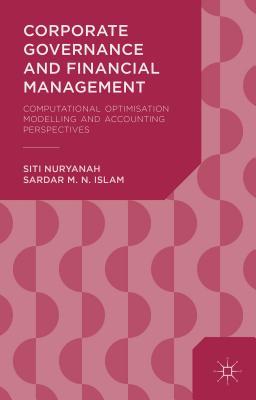
Foakes ple is trying to decide whether to go ahead with a project to manufacture and sell product X. You are given the following data about the project The company anticipates running the project for 5 years, at the end of which it will be spun off as an independent company and Foakes will be paid 350,000 for all its assets net of its liabilities. Ignore any taxation implications of this 350,000. The cost of plant and machinery will be 500,000, all payable at the start of the project. Preparatory work costing 30,000 has already been done. Sales of X (in 000) are likely to be as follows: Year Sales 1 180 2 360 3 500 4 392 5. 260 . Variable costs (i.e. those that vary with the level of output) of manufacturing X will be 30% of sales in year one and 25% thereafter. The fixed costs of the project, which do not vary with the level of output, will be 160,000 per year, including depreciation of the plant and machinery on the basis that it has a 5-year life and no residual value at the end of its life Existing Head Office overheads of 16,000 p.a will be allocated to the project If the project goes ahead, Foakes will lose sales, in year 1 only, in a related part of the business, of 60,000. The cost of manufacturing these items would have been 25% of the sales figure. In the first month of year 4 it is anticipated that repairs to the plant and machinery costing 30,000 will be necessary . Corporate tax of 20% is charged on each year's profits. payable in the year the profits are made. The receipt from the spin-off is not relevant for tax purposes, and the expenditure on the plant and machinery is dealt with in the next sentence. Taxable profits (ie the amount to be multiplied by 20% each year to calculate the tax cash flow) are reduced by 100,000 in each of years 1 to 5 to reflect the expenditure on the plant and machinery. There will be a positive tax cash flow if the company makes a loss in a particular year, because the company can offset the losses against profits elsewhere in the business The company's financing is 40% debt at a cost of 7%, and the remainder is equity at 12% Work in 2000, rounding numbers where necessary to the nearest whole 000 NB Discount tables are provided at the end of the question. Required (1) Set out and sum the relevant cash flows, year by year. State any assumptions you make (16 marks) () Calculate Foakes' Weighted Average Cost of Capital. (3 marks) (1) Calculate the Net Present Value of the project. (4 marks) (iv) Should the company go ahead with the project, and why or why not? Foakes ple is trying to decide whether to go ahead with a project to manufacture and sell product X. You are given the following data about the project The company anticipates running the project for 5 years, at the end of which it will be spun off as an independent company and Foakes will be paid 350,000 for all its assets net of its liabilities. Ignore any taxation implications of this 350,000. The cost of plant and machinery will be 500,000, all payable at the start of the project. Preparatory work costing 30,000 has already been done. Sales of X (in 000) are likely to be as follows: Year Sales 1 180 2 360 3 500 4 392 5. 260 . Variable costs (i.e. those that vary with the level of output) of manufacturing X will be 30% of sales in year one and 25% thereafter. The fixed costs of the project, which do not vary with the level of output, will be 160,000 per year, including depreciation of the plant and machinery on the basis that it has a 5-year life and no residual value at the end of its life Existing Head Office overheads of 16,000 p.a will be allocated to the project If the project goes ahead, Foakes will lose sales, in year 1 only, in a related part of the business, of 60,000. The cost of manufacturing these items would have been 25% of the sales figure. In the first month of year 4 it is anticipated that repairs to the plant and machinery costing 30,000 will be necessary . Corporate tax of 20% is charged on each year's profits. payable in the year the profits are made. The receipt from the spin-off is not relevant for tax purposes, and the expenditure on the plant and machinery is dealt with in the next sentence. Taxable profits (ie the amount to be multiplied by 20% each year to calculate the tax cash flow) are reduced by 100,000 in each of years 1 to 5 to reflect the expenditure on the plant and machinery. There will be a positive tax cash flow if the company makes a loss in a particular year, because the company can offset the losses against profits elsewhere in the business The company's financing is 40% debt at a cost of 7%, and the remainder is equity at 12% Work in 2000, rounding numbers where necessary to the nearest whole 000 NB Discount tables are provided at the end of the question. Required (1) Set out and sum the relevant cash flows, year by year. State any assumptions you make (16 marks) () Calculate Foakes' Weighted Average Cost of Capital. (3 marks) (1) Calculate the Net Present Value of the project. (4 marks) (iv) Should the company go ahead with the project, and why or why not







